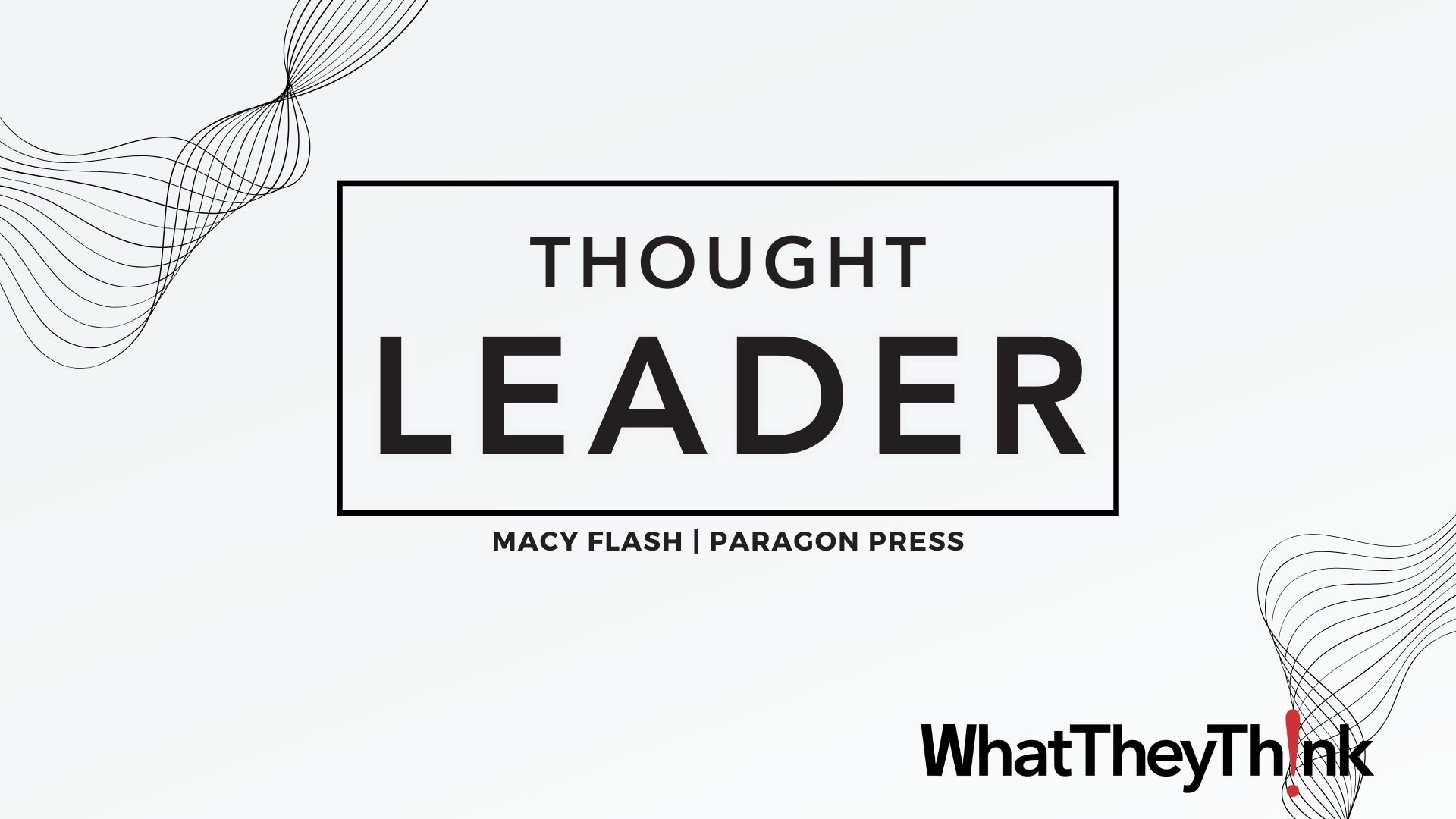GRACoL Completes Second Research Press Run at MAN Roland
Press release from the issuing company
Alexandria, VA, April 5, 2005. The International Digital Enterprise Alliance (IDEAlliance) today announced that the GRACoL (General Requirements and Applications for Commercial Offset Lithography) Committee has completed a second research press run to explore new techniques for printing using color managed files, test gamut ranges for commercial offset printing and serve as a basis for the new GRACoL 7.0 specification including working guidelines for consistent, high-quality commercial color printing using CTP, ICC color management, and digital proofing.
The initial purpose of the GRACoL runs is to research and develop a new characterization data set that defines a basic “visual character” in terms of gray balance and tonality and that shares similar gray balance and tonality characteristics withTR001, but with the higher color saturation and shadow densities required for commercial printing. The resulting GRACoL specifications will be based on applicable ISO standards for paper and inks, and will align more closely with emerging European and other foreign print specifications, to simplify and improve the exchange of print jobs and image files internationally. In addition, these test runs will enable the development of new calibration and process control methods and aim points that will allow anyone to accurately replicate the specified appearance on a press or proofing system.
The first GRACoL research press run was conducted at Integrity Graphics on January 31 and February 1, 2005. This run was broke the mold for conducting press runs as, for the first time, the run focused on colorimetric data for gray balance in the midtones rather than on the aims for each color. The second research press run, conducted at MAN Roland in Westmont, IL on March 31 and April 1, 2005, extended testing for the new aims and methodology. According to Don Hutcheson, “The Integrity Graphics press run provided us with a much clearer idea of how to achieve high quality commercial print quality by focusing on gray balance and colorimetric data. The MAN Roland test enabled us to refine our definition of standardized gray balance and achieve even smoother curves to typify the performance of today’s commercial printers.” According to Yves Rogivue, Chief Executive Officer of MAN Roland North America, “MAN Roland is pleased to have hosted this GRACoL research press run. MAN Roland stands strongly behind the belief that standards hold the key to true globalization of the print marketplace and see the GRACoL effort as a key way to move toward unifying print specifications internationally.”
Kurt Fuchsenthaler, Director of Printing Technology, MAN Roland Druckmaschinen AG, traveled from Offenbach, Germany to participate in the most recent GRACoL research press run. Fuchsenthaler indicated, “After witnessing the press run at our North American facility, I see promise that the outcome of this new work can serve as the foundation for establishing common aims and methodologies internationally.”
David Steinhardt, President and CEO of IDEAlliance said, “GRACoL is extremely grateful to MAN Roland North America, as we are to all the other printers who have volunteered to be involved, for the time and money contributed to GRACoL test runs. We would also like to thank M-Real Paper and Flint Ink for their generous contribution of paper and ink without which this
industry research would not be possible.”
The next GRACoL research press run will be held on April 28 - 29, 2005 at LAgraphico in Burbank, CA. IDEAlliance is encouraging interested parties to attend this run to better understand the new methodology based on gray scale evaluation. To sign up to attend a press run, go to http://www.gracol.org/events.asp.
Following the initial GRACoL research, additional test press runs are planned to be conducted throughout 2005 by the IDEAlliance Print Properties Committee to provide new data upon which additional specifications can be updated or developed. These specifications will include normal and high-density printing, coated or uncoated sheets, and even stochastic vs. conventional halftone dots.
Video Center
- New RISO Printing Unit Offers Easy Integration for Package Printing
- March 2024 Inkjet Installation Roundup
- Inkjet Integrator Profiles: Integrity Industrial Inkjet
- Revisiting the Samba printhead
- 2024 Inkjet Shopping Guide for Folding Carton Presses
- The Future of AI In Packaging
- Inkjet Integrator Profiles: DJM
- Spring Inkjet Update – Webinar

WhatTheyThink is the official show daily media partner of drupa 2024. More info about drupa programs
© 2024 WhatTheyThink. All Rights Reserved.








